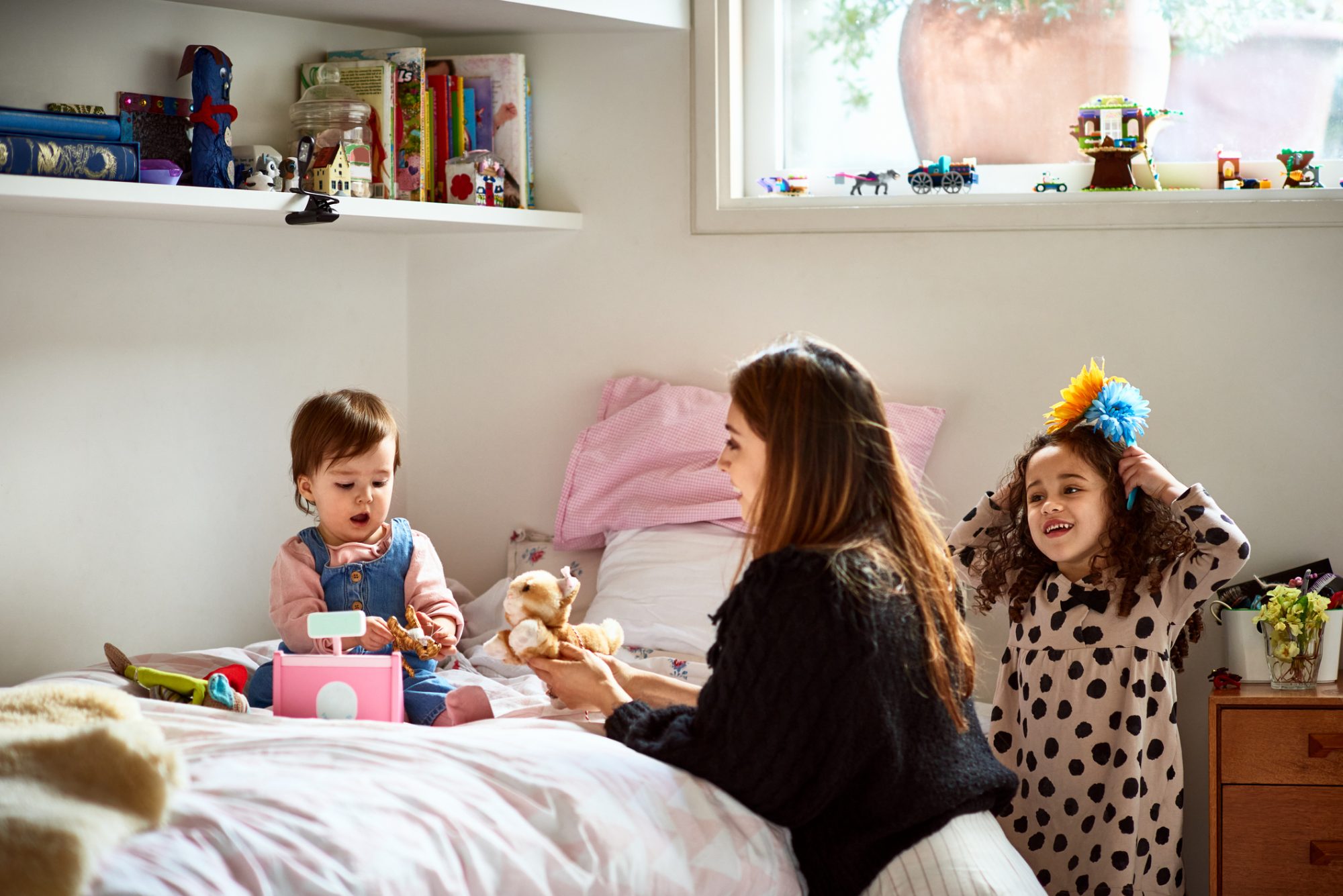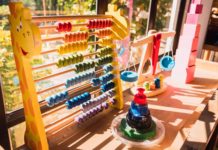About 2.3 million U.S children are now homeschooled. According to the Home School Legal Defense Association, the percentage of homeschoolers increased exponentially during the pandemic, jumping from 3.3% in 2017 to 19.5% by May 2021. In addition to prior motivations, including religion, finances, and curriculum flexibilities, now school closures and concerns over health and safety have increased the homeschool population.
Budgeting for any kind of education is tough enough, but it may be particularly difficult for parents to accurately envision the financial expenses involved in homeschooling. Ahead, veteran homeschoolers Shenaede Niven, founder of the homeschool blog thesimplemamma.com, and Nasiyah Isra-Ul, a homeschool grad and CEO of Canary Academy Online Inc., share decades' worth of budgeting experience to help newcomers make the most of every dollar.
Develop a budget early on—and stick to it.
Nasiyah Isra-Ul is an expert on homeschooling. Not only is she a product of it, but she is now an instructor herself. When she took over homeschooling her younger sibling after her mother took on full-time work, she realized that the entire process was much harder to manage than she'd imagined.
One major issue was the variety of resources available—at varying costs and learning levels. Isra-UI found it difficult to determine what to purchase, when, and why. She advises other homeschooling newbies that it's important to "develop a budget early on and stick to it," she tells Parents.
Of course, each family budget is different, and each child has specific learning needs and challenges. Parents should start by thinking realistically about how best to help their children excel, given the cash they have on hand. Also, pace yourself to see development over the long haul, rather than seeking pricey gadgets or curricula that kids will quickly outgrow.
Isra-Ul's own non-profit, she explains, "specializes in teaching families how to do this and, on average, they spend less than $250-$400 for educating students up to 8th grade per year and under $800 for educating a high schooler per year. In contrast, the average family can spend anywhere from $1000 to $5000 on a homeschool curriculum that is prepackaged."

Don’t spend on fancy learning toys; just encourage imagination with simple toys that use brain power.
As a second-generation homeschooler to five children, Shenaede Niven knows that kids don't need fancy toys to think outside of the box. She says simple toys to stimulate brain activity are better than costly STEM toys that might not respond to your child's interests at that very moment.
"Toys that help increase a child's imagination are blocks, plain and simple wooden ones, stackable ones, and magnetic tiles," Niven tells Parents. "They are something your children can use from any age, and they are available for any price… Legos are a fantastic brain-building tool and cheap to increase the level of difficulty over time. You can keep the instruction books over the years and continue to reuse them. Train sets are also great," she suggests.
These tools first help with motor skills and coordination but, as kids grow, also become useful for critical thinking, planning, and science basics. Other affordable and reusable spends include little sewing and paint-by-number kits, and board games. All three can be fun, even as kids grow into different learning stages.
Maximize freebies and DIY tools.
Isra-Ul says to maximize your freebies and, if you have multiple children, find a curriculum that can be reused with multiple grade levels over multiple years.
"Go to mom-blog sites and find their homemade curriculum and packets," she suggests. "It's less expensive, almost always on sale, and you're supporting a meaningful cause." Also, homeschool organizations or associations always have freebies, resources, and discounts to help save money.
The internet is your best friend to hunt down good deals and the right tools to prepare a curriculum. Aside from Canary Academy Online Inc.'s free live classes, Isra-Ul suggests searching these sites first if you want to stay within the budget:
Buy things that last.
Niven says that when you buy timeless learning tools, you can use them over and over again. As a parent of five kids between two and 10 years old, she advises buying high-quality and adaptable toys that won't break down or require lots of maintenance five or 10 years down the line. For families of multiple kids or for those joining a homeschool collective, hand-me-downs are part of the tradition.
Keeping everything organized and clean between uses is also key to being able to pull it down again when a child is interested in re-using or when it's time to use with a younger sibling or classmate. If you can manage to keep track of where all the old items are when it's time to circulate them again, then you can save yourself cash on any re-buys.
This is also true for digital tools or apps—keeping records avoids having to re-subscribe when one kid loses the password. To save money, set up an organizational system to track everything online, in storage, and in rotation, so you don't mistakenly buy something that you already have.





